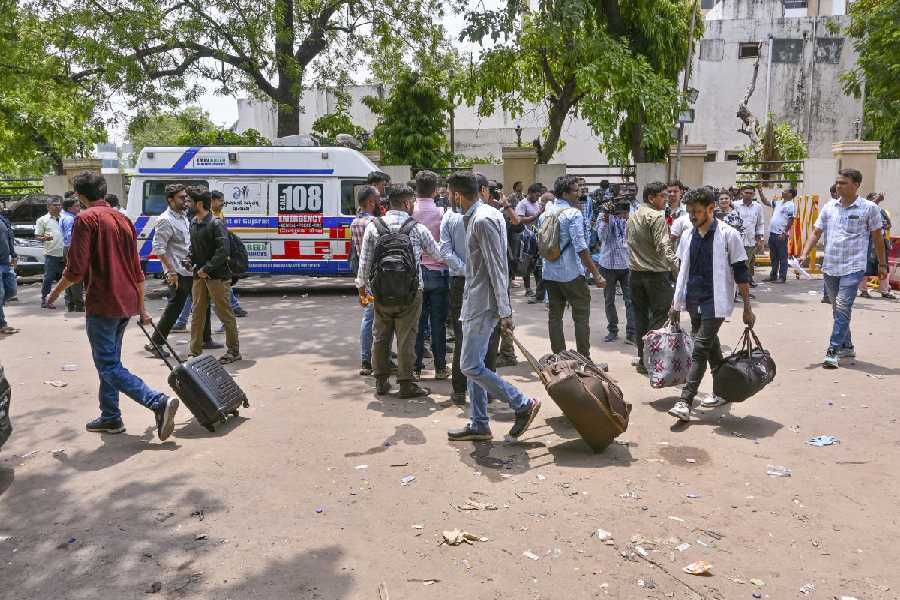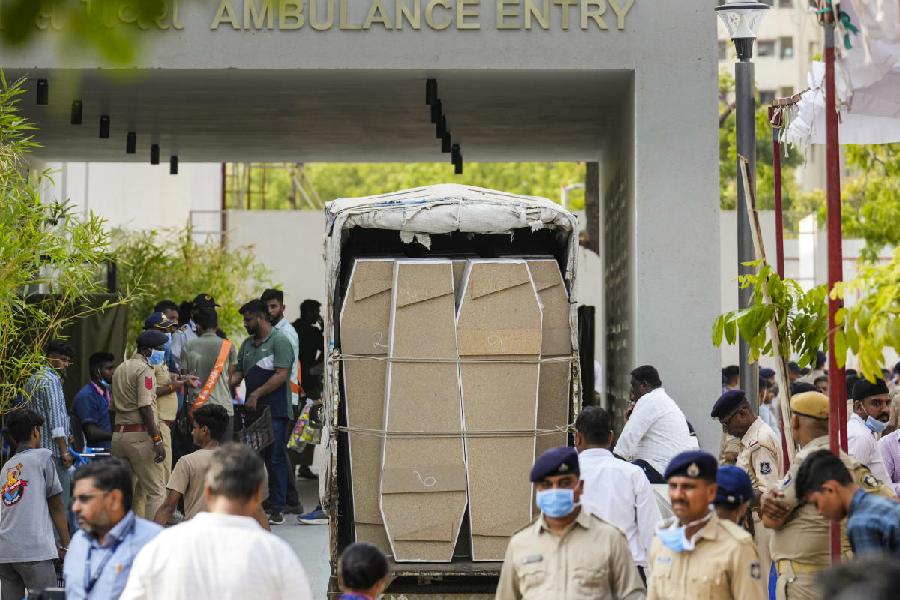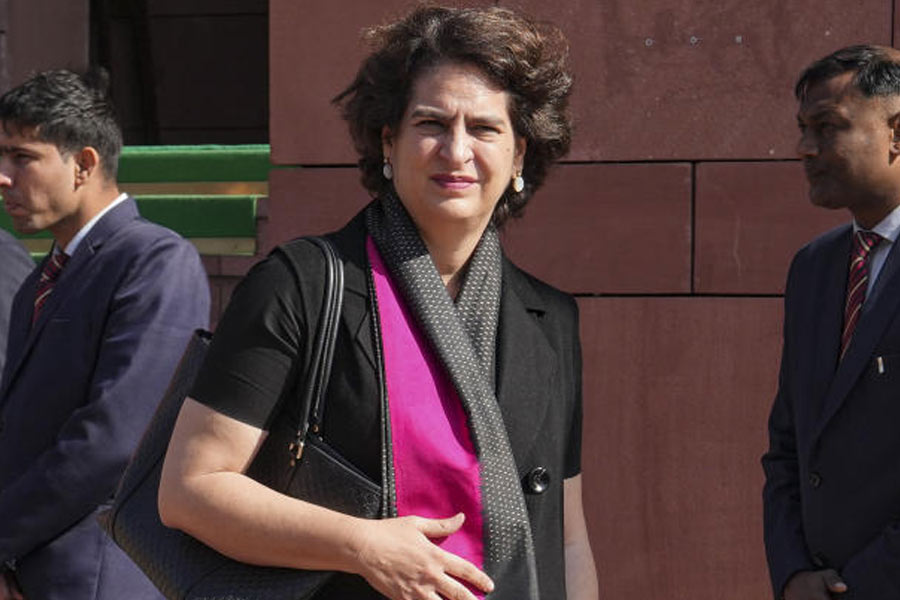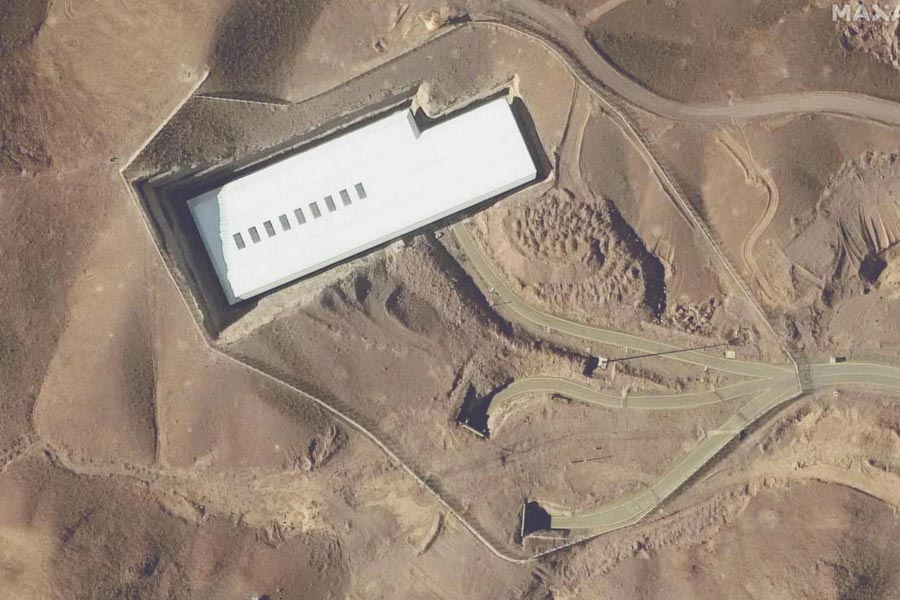Walking through the Indira Gandhi Memorial at 1 Safdarjung Road in Delhi, one was reminded of the days when our senior leaders lived in austere, tasteful homes and were committed to the country and to its many layers that needed simultaneous attention. Style was intrinsic to them, enhancing their enigmatic personas. They did not ape what was alien and therefore uncomfortable. Indira Gandhi wore saris that represented the diverse weaving traditions of India, the many textures and varied colour pallet, with extraordinary contrasts and delicate shades. Her personal passion manifested itself in her policy initiatives and she supported the Pupul Jayakars of this world to break new ground with no ‘babu questions’ asked at every step. It was she who initiated Festivals of India, despite criticism from the chatterati, showcasing the best from our human resources, and making an impact on the international stage. Sadly, at the museum commemorating her life, this aspect of her work is not emphasized. Future generations need to understand the difference between then and now to realize where we are going wrong.
At a time when enforcing environmental norms was neither a fad nor believed to be a desperate need, Indira Gandhi forged new, dynamic strategies and put in place laws to protect and conserve what little remained of our wildernesses, forests, rivers, mountains and deserts. Love and respect for nature came naturally to her, and are evident in the policies enacted and decisions taken during her rule. The degradation, since then, has been unprecedented and the assault on nature phenomenal. Alas, this profound belief that was manifest in her policies, and was a priority for her, is unsung in the memorial. Once again, this needs to be highlighted and celebrated at 1 Safdarjung Road.
A modern model
The Indian National Trust for Art and Cultural Heritage was something Indira Gandhi put in place with Pupul Jayakar. It embodied her respect for the material heritage of our civilization. By 2010, we have diluted our commitment to our habitats, both old and new, allowing for their mutilation and subsequent disappearance from the face of the earth. We are destroying the three arms of life — the natural, the material, and the skills that come together to represent the cultures of India — through sheer neglect and faulty attitudes.
The government and its administrative force see no value in prioritizing these three areas. Their immediate interests have moved away from internal strengths to vying for external influences that may bring them a different kind of lucrative recognition. Archaic views that belong to another age continue to be enforced mindlessly. For example, the applications for the re-use and rejuvenation of B-grade and C-grade monuments are not admissible in the court of the babu, who is stuck in some medieval rut. Few are motivated or inspired. Hardly any have the passion of Indira Gandhi or Pupul Jayakar or of others who could deliver because they had the tacit backing of the then prime minister.
India is crying out for political will in these public spaces and private domains. The neglect has reached embarrassing proportions, insulting our past and disabling our present. Future generations must have a right to their past and we must protect what we have, in a manner that is participatory and not insular. The ‘blue board’ has become symbolic of bad architectural and maintenance practices, which deny citizens access and go against civil society initiatives. Partnership in cultural spheres is essential for keeping traditions alive. The State as the owner and the people as the protectors make for the correct model — the stakeholder model — that can release creativity.










